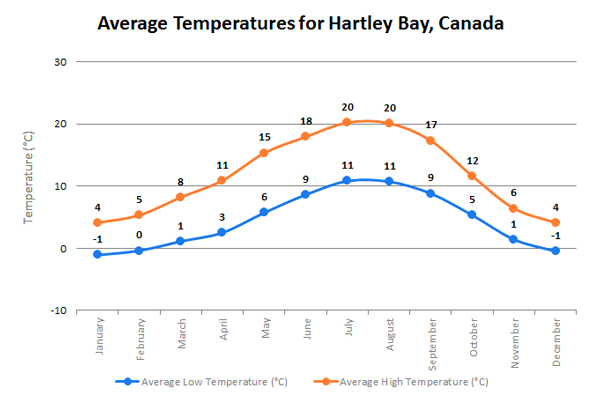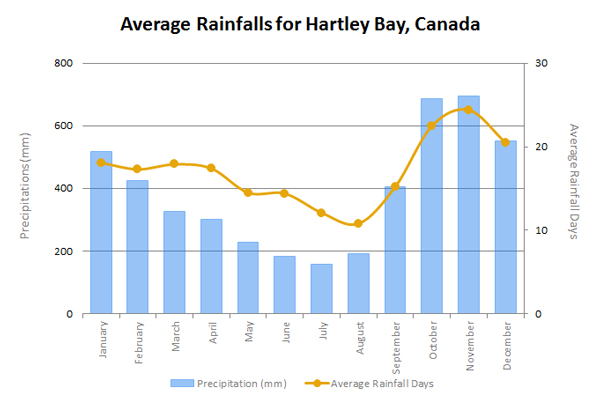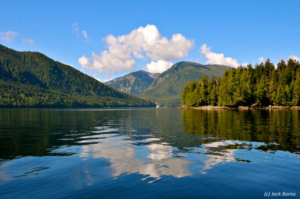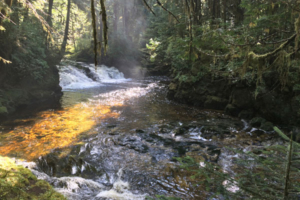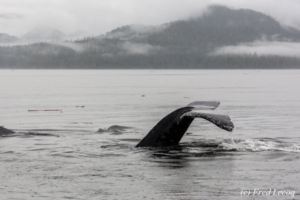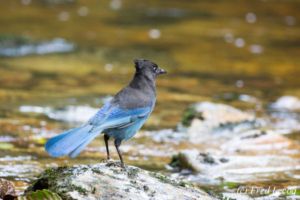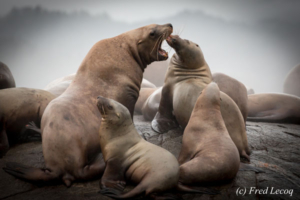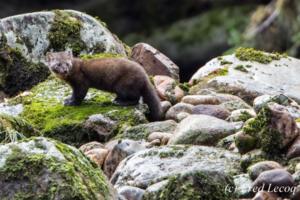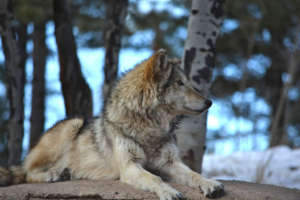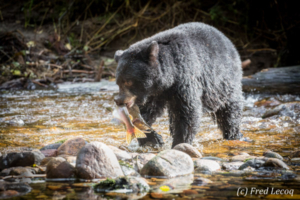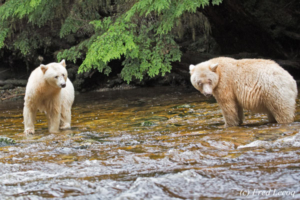The Great Bear Rainforest
The Great Bear Rainforest (also known as the Central and North Coast forest) is the planet’s largest intact temperate rainforest, located on the Pacific coast of British Columbia, Canada. It is one of the most pristine wilderness environments on Earth, a vast tract of rainforest stretching some 400 km along the central and north coast of the province. Its total area is approx. 32,000 sqkm without including the additional 19,000 sqkm that were added as designated protected areas or sanctuaries in 2006.
Geographically, the Great Bear Rainforest is a maze of coastal inlets, islands and valleys that defy traditional boundaries and that are dominated by the glacier-capped Coast Mountains and towering granite cliffs. There are few roads, and the main access is via boat or floatplane. This raw and powerful landscape exists as it did thousands of years ago. Here, ocean and land are bound together in a dynamic convergence of nature that has been called “the last magnificent stand of the great North American rainforest.” It provides unparalleled wildlife and grizzly bear viewing, and a sense of solitude and tranquillity.
The Great Bear Rainforest is a vibrant and diverse ecosystem. Its waters teem with an abundance of marine life, including whales, sea otters, white sided dolphin and sea lions. In the air, bald eagles dominate, while Sitka spruce trees attract brown creepers, pileated woodpecker and provide the support for nests of marbled murrelets. On land, along the fjords and rivers, the forest is home to species such as wolves, salmon, grizzly bears, and the Kermode (“spirit”) bear – a unique subspecies of the black bear whose coat is white coloured.



